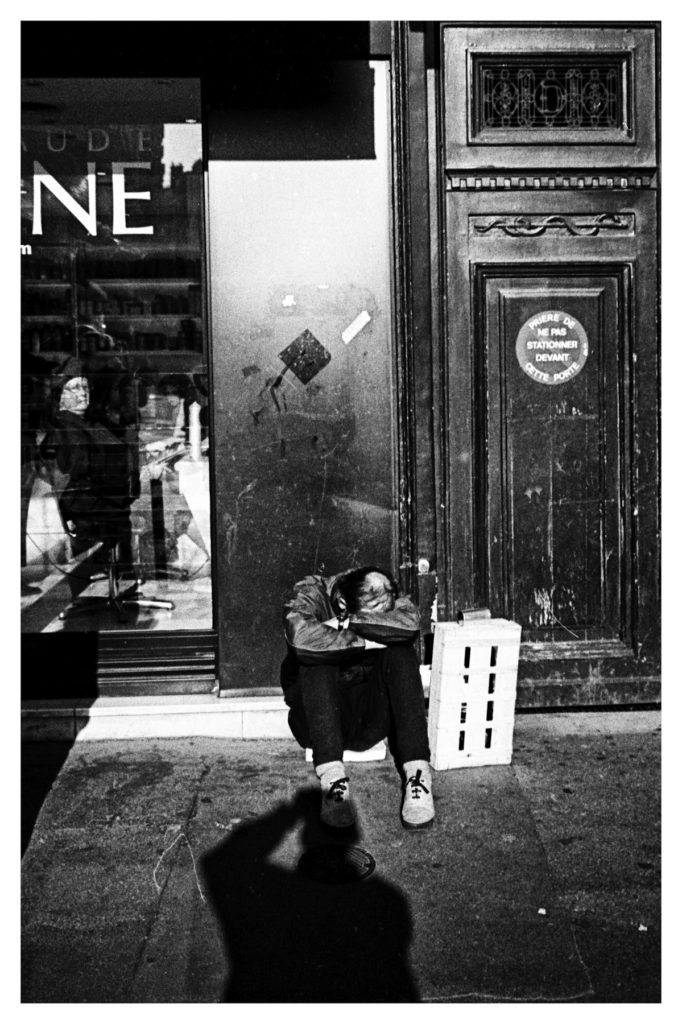
Paris, 2003
“The shadow’s most striking feature is its confirmation that the photographer was there, a reality not generally evident in photographs. We take it for granted that photographs were made by someone, a person with a reason for making them, but that observer – who by extension is also us – is rarely acknowledged so overtly in the pictures themselves.
It’s safe to say that this photographer did not see his shadow. The mind has a stubborn tendency to see what it wants to see, and with a camera it tends to acknowledge only the concrete objects in front of the lens: the car, the kids, the mountain. It usually chooses to ignore the shadows and other less substantial elements that fall within the edges separating the picture from the rest of the world, no matter how undeniable the shadow may be.
…Only in photography could such a phenomenon exist (a painting depicting the painter’s shadow could only be made with intention, the very intentionality of which would certainly make it less interesting).” – Jeffrey Fraenkel, The Book of Shadows


I think the German pronunciation is Friedlander…..
Is this related to Barthe’s “punctum?”
In the sense that the shadow can be the punctum, yes. For me, at least, the punctum of the illustrating photo isn’t the shadow – too obvious – but the woman glancing out the window to see what’s up. Or, better yet, it could be the sign on the door prohibiting one from standing in front of it by order of the authorities. You may disagree.
In any event, I like the photo, which seems to me to be about looking – the woman looking at the photographer who’s looking at the reclining subject who’s not looking at anything.